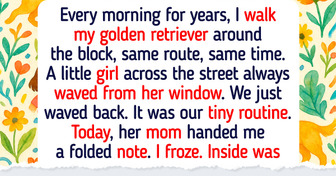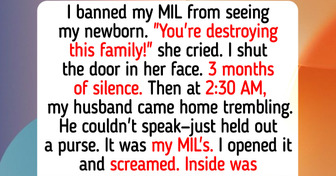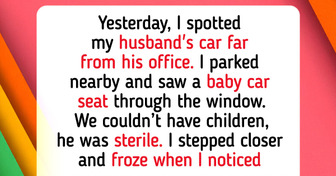20+ Moments That Remind Us That Kindness Costs Nothing but Means Everything

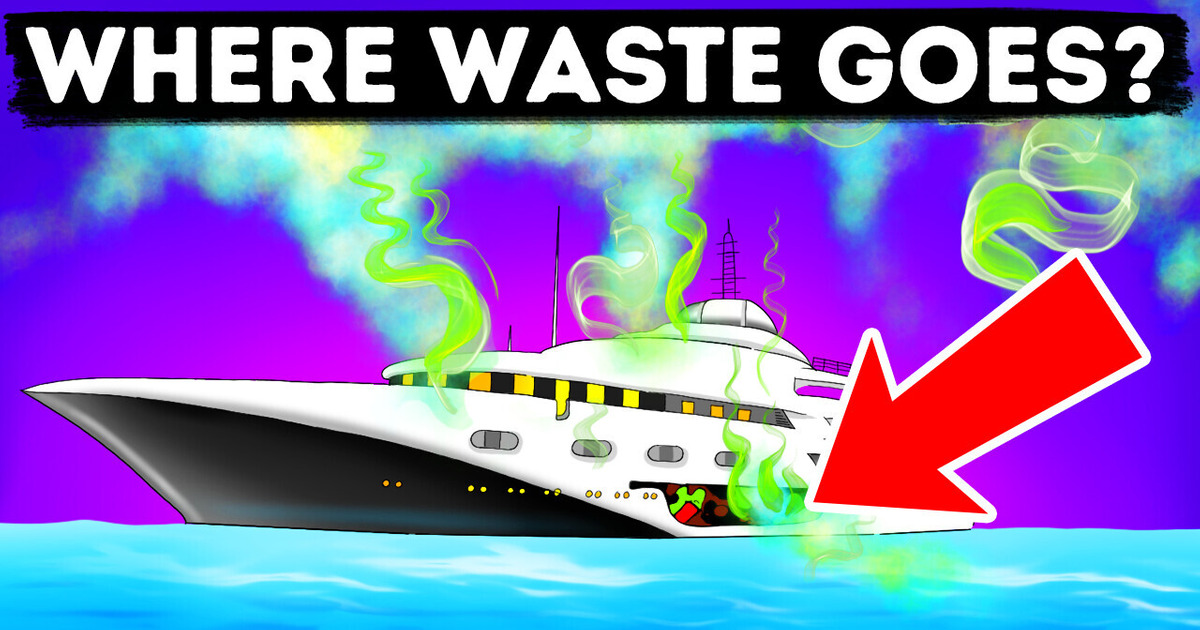
Ships have been around for at least 6,000 years, dating back to Ancient Egypt. I wasn’t around then. In the beginning, they were used for business purposes only — mostly trading and exploring. Ships as an attraction only became a thing a bit over a hundred years ago. You might think that it was the infamous Titanic, but you’d be wrong.
The first cruise ship that took passengers on a voyage was a German ship called “Prinzessin Victoria Luise.” It was launched in 1900 and served for 6 years. Of course, now they are more advanced and last longer — around 30 years. After that “use by” date, it’s no longer safe to travel due to metal fatigue, most often of the ship’s hull. So, since ships don’t have too long of a lifespan, it makes sense to build them big — I mean BIG — so they can accommodate as many passengers as possible.
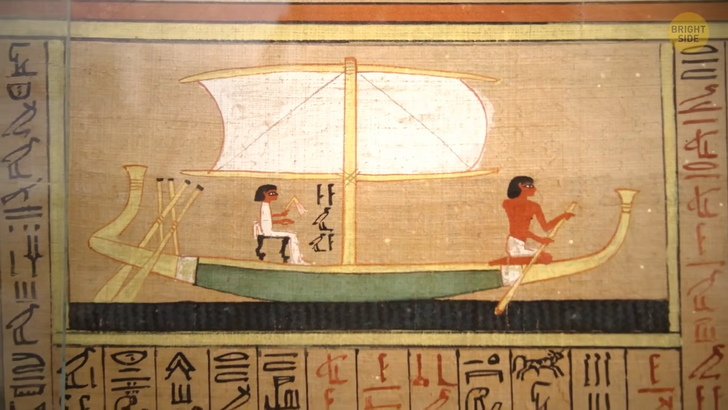
Your average cruise ship is 1,000 ft in length, or approximately three times as big as a football field. They are also tall enough to require elevators! They are also filled with different facilities, like restaurants, pools, and many other fun activities. Right now, the biggest cruise ship in the world is called Wonder of the Seas. It’s 1,187 feet long, has 18 decks, and can host almost 7,000 non-crew passengers. It has eight different “neighborhoods,” 20 restaurants, 4 pools, a water park, a full-size basketball court, an ice-skating rink, rock-climbing walls, and even a theater. So, it’s basically a floating city. Some people are permanent cruise ship residents — there is a luxury ocean liner called The World, that offers permanent residence to 165 people. These people sail almost every day and never live in one place.
So yes, cruise ships are enormous, and if you build them at once, they won’t fit anywhere. So, the ship is constructed part by part, pre-fab, often by different companies. Cruise cabins are built separately, and then they’re added to the ship at the shipyard. Such huge ships sure have big anchors. An average anchor weighs like four grown-up elephants. The crew members try to avoid dropping the anchor when possible because such a massive thing can severely harm the ecosystems at the bottom of the sea. With around 2,000 cabins on average, it’s impossible to ensure that every cabin has a window for the voyagers to observe the sea. So, cruise ships found a solution: interior cabins that don’t have windows have virtual balconies that transmit real-life images from the outside of the ship, depending on where your cabin is located.
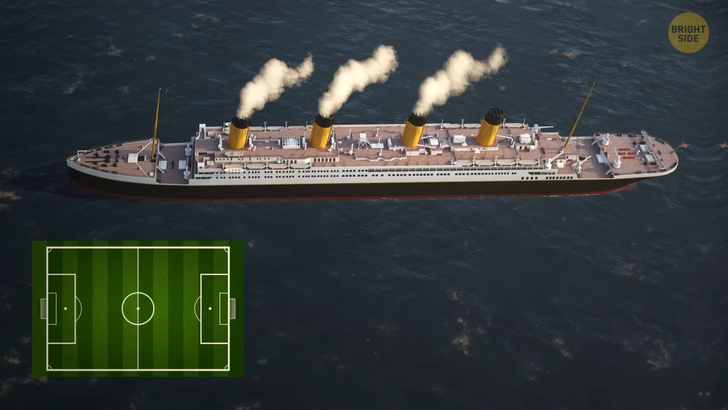
Even if you get a cabin with a virtual balcony, you still have better accommodation than the crew members. They reside in a so-called “B deck”, which is located in the lower part of the ship, below the waterline. There are dorm-style rooms with a bunch of bunk beds and lockers. Also, crew members have a secret language — code words that they use to exchange information without passengers knowing. For example, the word “alpha” or “star code” signals a medical emergency, and “bravo, bravo, bravo” means a fire on the ship. By the way, there’s a bunch of stuff you aren’t allowed to take on board because of potential threats. Those include candles, clothes irons, travel steamers, and hot plates. Basically, it’s anything that produces flame or heat, with the only exception of curling irons and hair straighteners. Yeah, I never leave home without mine.
Since people live on board for weeks, and often the ships spend days in the open sea, you can imagine that a lot of waste is produced every day from the thousands of passengers and crew the ship is hosting. Where does it all go? Dumping trash in the sea or ocean is illegal, so the ship engineers devised a system. On a particular crew-only deck of a ship, there’s a recycling station where all the waste goes from everywhere around the ship. Everything that can be recycled — paper, aluminum cans, all types of glass, and plastic bottles — are collected, separated, crushed, and stored until the ship docks at a port and can send the stack to a recycling station. As for the food waste, all kitchens on board have a suction drain, which takes the food to one big pipe, which takes all of it to a hydro-processor. The processor crushes the food into small pieces and then burns it.
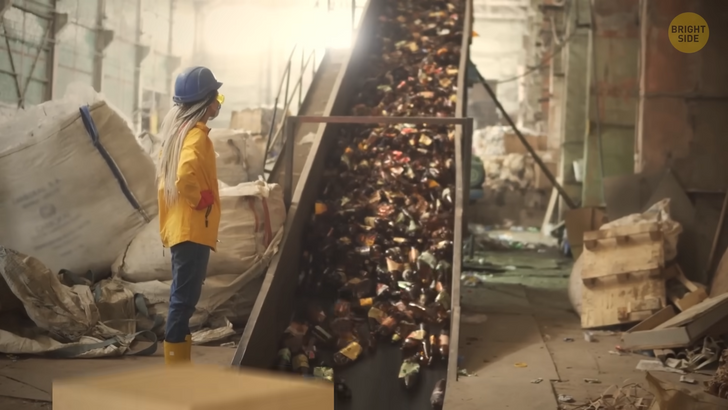
The cruising capital of the world is Miami, Florida. Having five ports, Florida is the place where most cruise ships depart. Voyages are fun, but if you need to get somewhere fast, cruise ships shouldn’t be your first choice, because they are slow: on average, they travel at the speed of 20 knots, which is just 23 miles per hour. Ships travel much slower than cars and planes because they move huge amounts of water. For instance, when you run on the ground, you’re fast. No really, I’ve seen you.
Now step in a swimming pool and try to run there — it’ll be way harder for you to do, and you’ll be way slower, barely moving through. Now keep in mind that you are much smaller than a ship. As we’ve seen, ships are big boys. When you put something in the water, it displaces the amount of water that is equivalent to its weight. So, a ship displaces thousands of tons of water and then pushes through it, creating such a drag. That’s why they are slow. Still, in a year, cruise ships sail around the equivalent of three times around the planet! Apparently the passengers are there to enjoy the ride, and not so much the velocity.
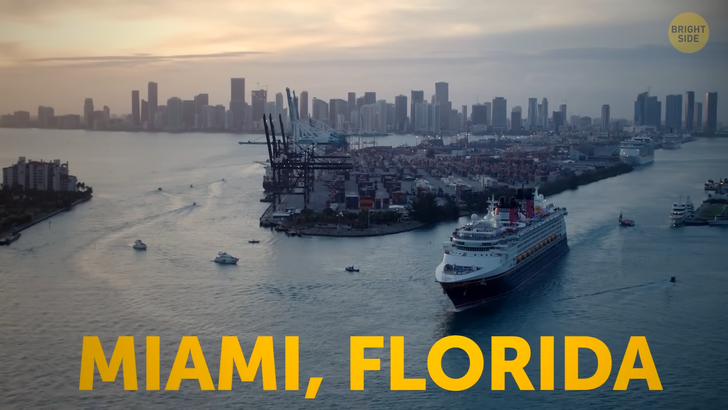
Obviously, such huge ships need a boatload of fuel. And not just one, several types are required. Heavy fuel oil is used for the main engines, marine diesel is needed for smaller engines and lifeboats, and there’s also marine gas oil for the turbines. Every day, each cruise ship burns, on average, 150 tons of fuel, and releases exhaust equal to one million cars combined. So, there are often regulations regarding how pure each type of fuel must be. In most parts of the world, ships can only use fuel that contains no more than one-half of a percent of sulfur — a component that highly contributes to air pollution. In other countries, the fuel must be even purer, containing only one-tenth of a percent of sulfur. The cleaner the fuel, the more expensive it is, so ships often change from one fuel grade to another, depending on the area the ship is sailing in.
So, where do ships get so much of the stuff? Apparently, there are floating filling stations —so-called product tankers. They carry different grades of fuel and deliver it to the ship, connecting to the ship’s fuel tanks and pumping the proper grade of oil into the section where it’s needed. All cruise ships pick up stranded sailors and fishermen, and that happens quite often. So don’t be surprised if your cruise ship stops in the middle of the sea to pick someone up, it’s common practice. Ships can even change the course to pick up some stranded sailors if they get a distress call. But what happens if you, a passenger falls overboard? You clumsy oaf.

Hey just kidding. Ships have sensors that should notice the accident and send a distress signal, but witnesses are still important — the person will be saved way faster. So, if you ever see someone falling overboard, here’s what to do: throw them a life ring, point at them and scream “a person overboard” and get someone to tell the ship’s bridge.
If no one is around, do everything it takes to get some attention: you can call the ship’s emergency number or even activate one of the alarms. Afterward, it’s up to the crew to do the rescue operation. By the way, the crew members have a code phrase for a person overboard too, it’s “Oscar, Oscar, Oscar.” And that’s not for Oscar Meyer. It’s a code unique to the Royal Caribbean cruise lines.
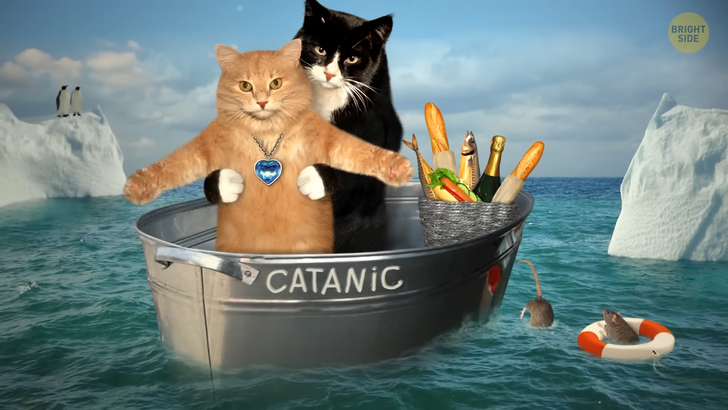
Ever since what happened to the Titanic, (remember the Oscar winning movie?), every cruise ship is obligated to have safety equipment to accommodate 125% of the people on board. So, you shouldn’t be scared of history repeating itself. Especially in the tropical islands.
After around 30 years, when a ship has served its time, it retires and gets sent to a shipyard where it gets scrapped. Many famous and beloved ships enjoy a better fate — they get turned into hotels and attractions. Yes, it’s good to be the Queen!






